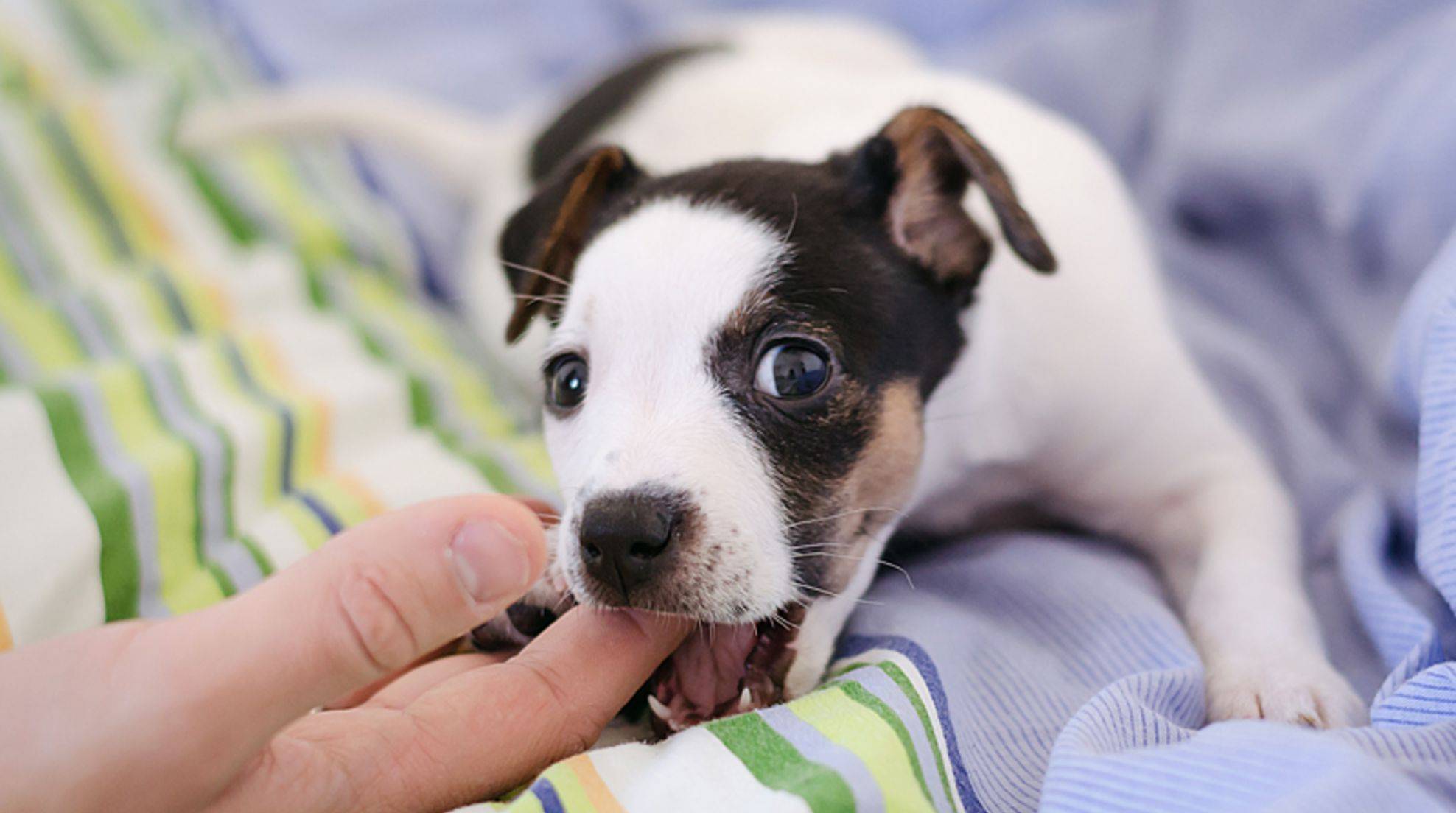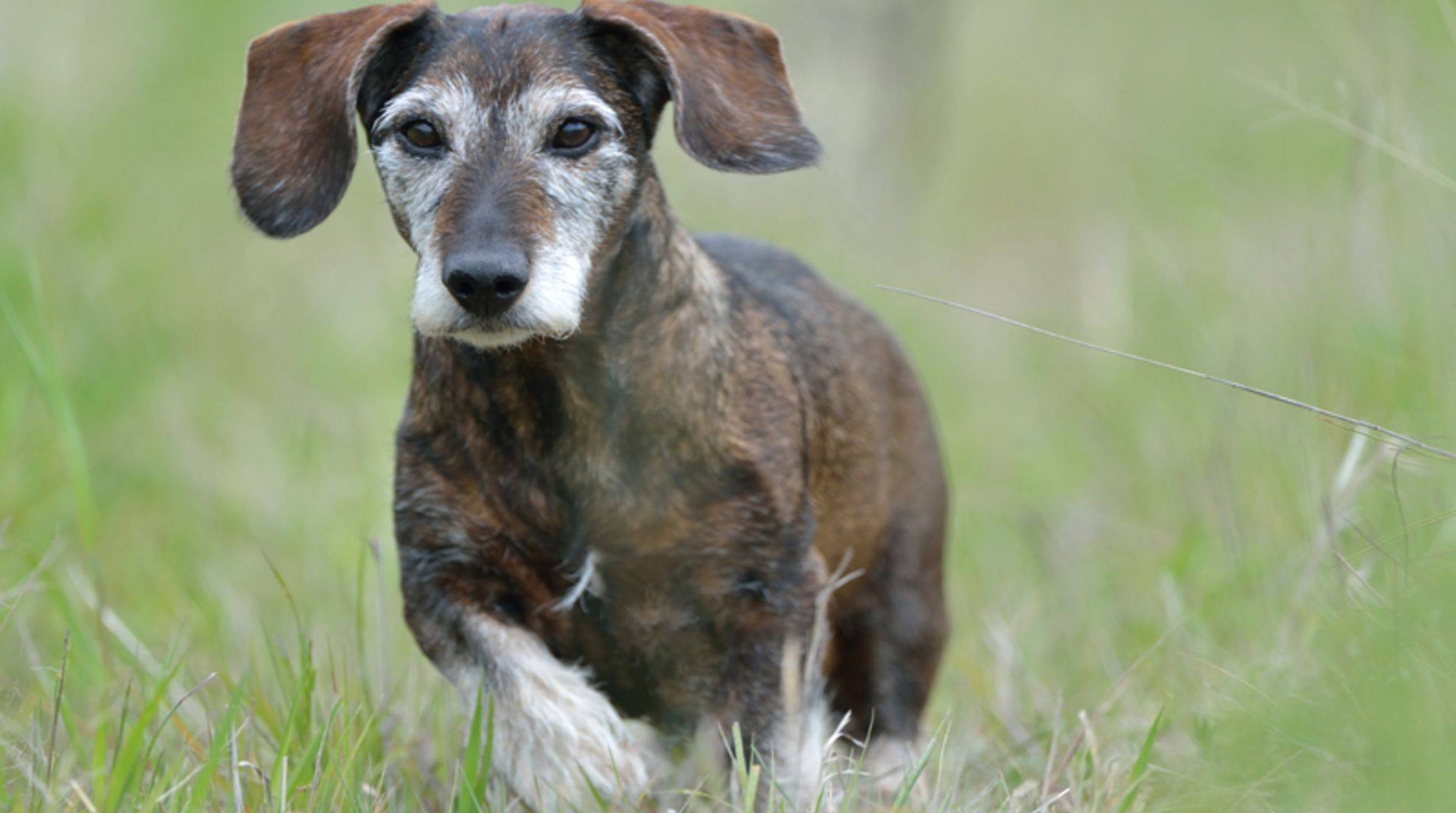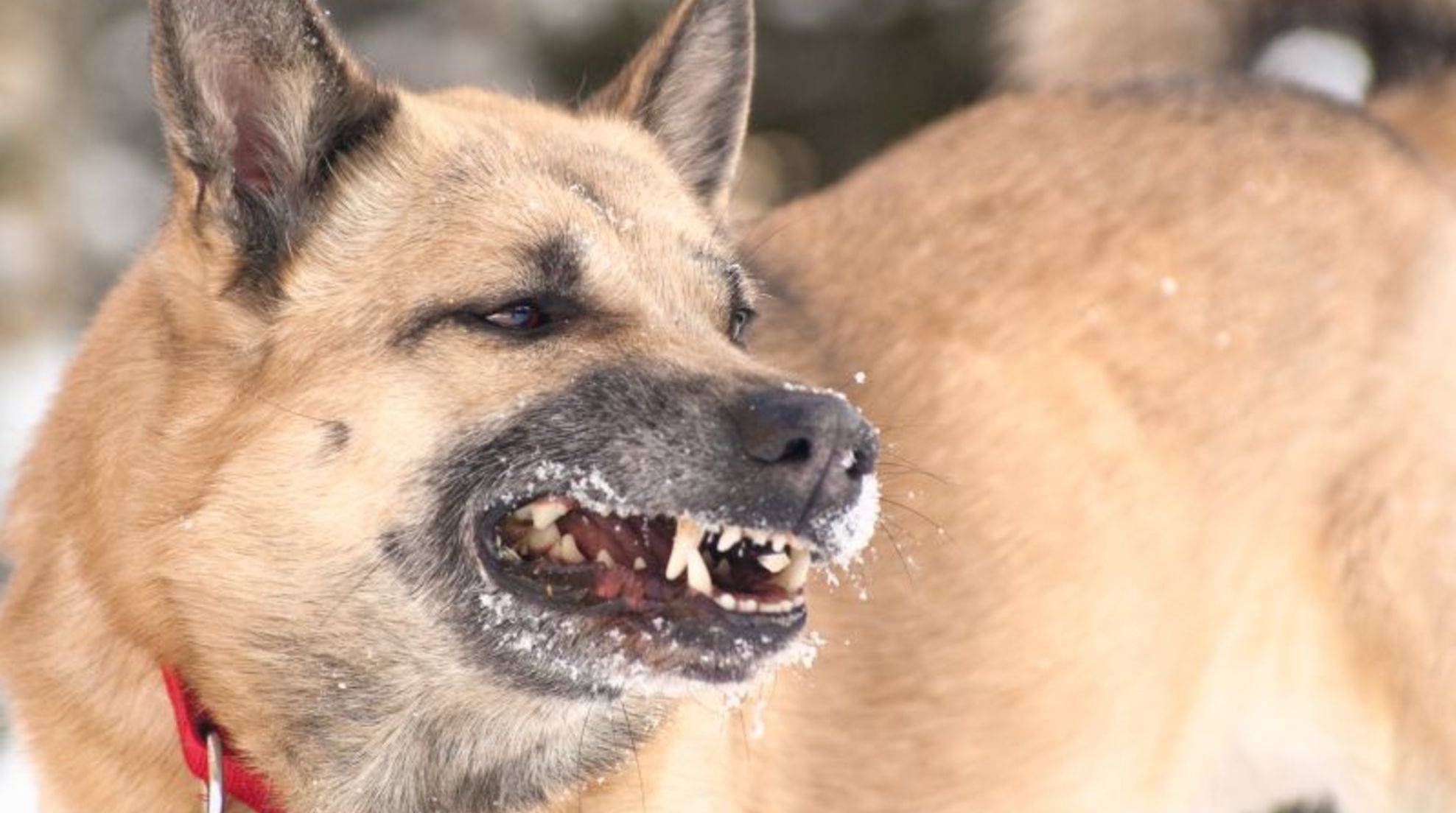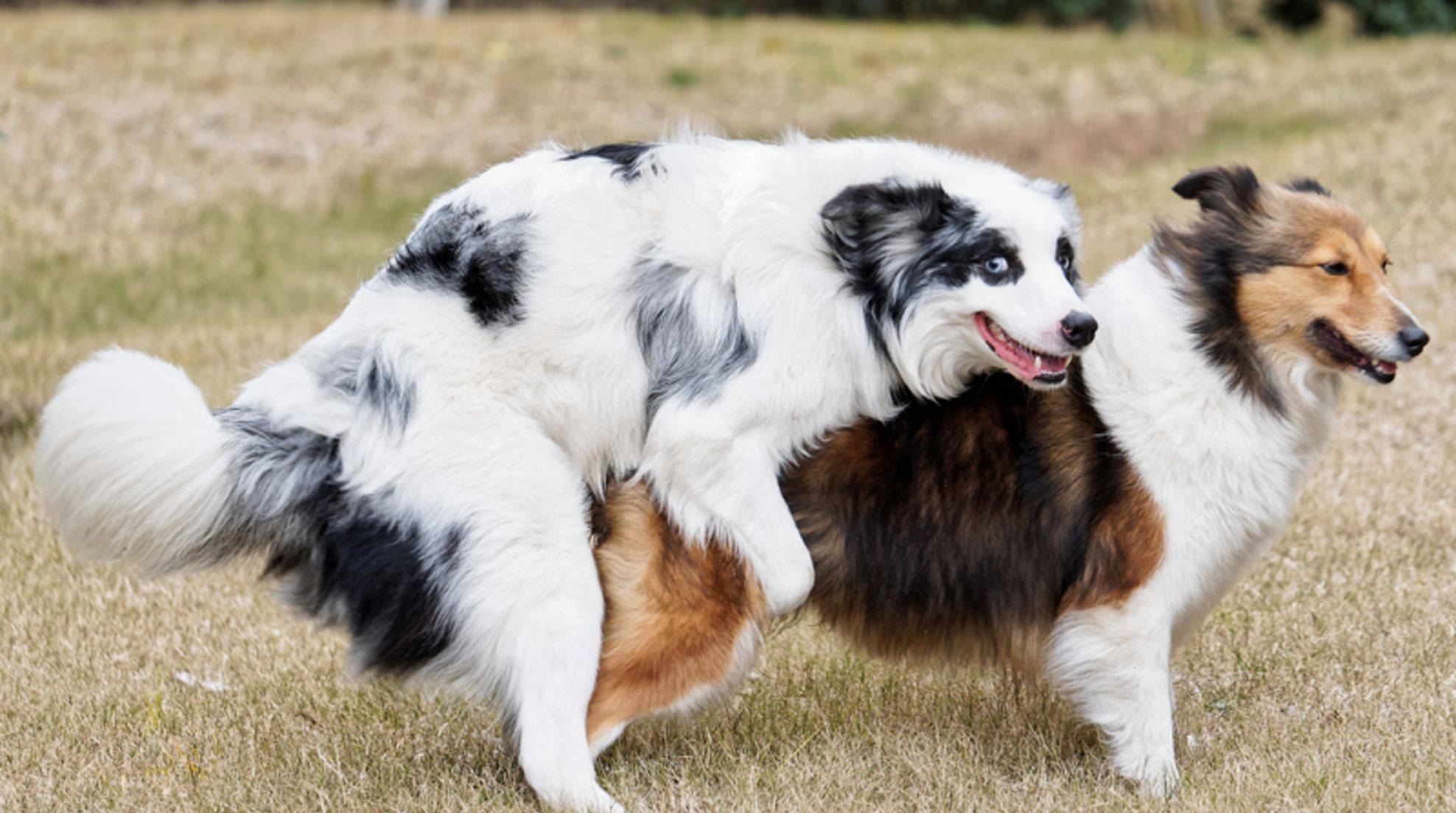How your dog learns to do the manikin
Male-making is probably one of the sweetest tricks that can be taught to a dog. But how do you get your beloved four-legged friend to stand on his hind legs on command?
If you want to teach your dog to stand on his hind legs, you should, first of all, provide him with enough treats. Because to lure the animal on his hind legs, you have to offer him something. If you now bring a little perseverance, you are perfectly prepared to train the trick with your four-legged friend.
Teaching males to do the trick: This is how it works.
To teach the animal to do the manikin, let him sit before you. Now take the treat in your hand and guide it upwards and slightly backward over the dog’s nose. This will entice him to stand on his hind legs.
However, in this exercise, you must be careful not to hold the treat too far behind his nose because then he might fall over. And after all, that’s not supposed to happen. In addition, you must not hold the treat too high because then he will probably start to jump. In the video, you can see how the training works:
Practice makes perfect
Don’t expect the manikin to succeed right away. Your dog will need some time before he succeeds in keeping his balance. How long will it vary from animal to animal? Once your dog has learned the trick, you can add a verbal command. It’s essential to be patient and not overwhelm your dog – after all, fun comes first. On the other hand, be careful not to give your dog too many treats during training sessions. Ideally, you should avoid fattening treats and choose healthy treats or dry food.
Then it would help if you did not teach the trick.
As a rule, any dog can learn this trick. However, if an animal has health difficulties, such as joint problems, the scheme can exacerbate these problems. Also, a massive weight or overweight can bring health problems when learning the trick – in this case, better focus on other exercises.








